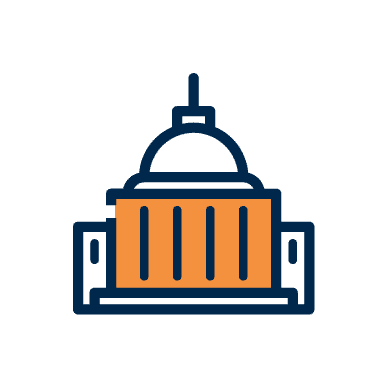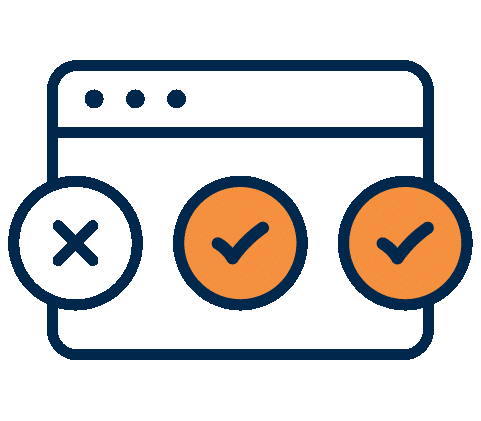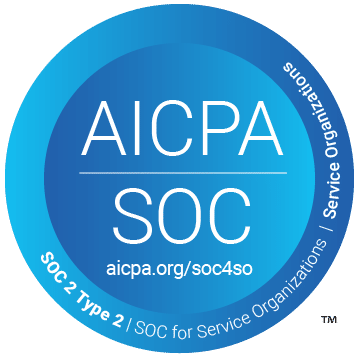Telehealth had been a small part of healthcare for many years, but the declaration of a Public Health Emergency (PHE) in 2020 accelerated both its use and scope when in-person healthcare services were simply not available. To meet the demand for care when medical offices were shut down and emergency departments were overwhelmed, there were multiple federal waivers enacted that allowed certain services (which previously required an in-person services) to be covered when rendered remotely. These waivers directly impacted beneficiaries enrolled in federal health care programs such as Medicare and Medicaid. While certain remote services had been available in rural areas, federal actions lifted those restrictions to allow remote services for beneficiaries in urban areas as well. Under the shadow of the PHE, multiple medical services including behavioral health, medical monitoring/management and primary care became widely available on a virtual basis. While the modality brought needed services to millions, it also brought billing challenges for providers and the increased risk of fraud by the unscrupulous.
The OIG was at the forefront of federal enforcement, starting in 2020, and recognized the potential for telehealth as a new opportunity for both increased medical access and for fraud. Starting in March of 2020, the OIG issued FAQs and other guidance to address, among other things, the waiver of patient copays for telehealth services and the application of waivers in both inpatient and outpatient settings. As the pandemic progressed, the complexity and implications of telehealth became increasingly evident, and the OIG responded with increased auditing, guidance and enforcement actions.
The OIG is conducting significant oversight work assessing telehealth services, including the impact of PHE flexibilities. A quick review of the OIG’s telehealth audits and studies in the last few years underscores the breadth of its work; the OIG has examined telehealth claim accuracy, finding that a substantial percentage of billed Medicare professional claims for telehealth services failed to meet CMS requirements; as well as establishing the challenges that states were facing with telehealth which include internet connectivity, provider training on the modality, privacy issues, interoperability issues and licensure reciprocity across state lines. The current OIG Work Plan also shows the focus of the OIG on this topic as well, with multiple telehealth-related activities that have been added since the PHE commenced.
Telehealth has become a hot topic for states, providers and the healthcare industry. To better inform and support these stakeholders, the OIG has created a dedicated resource webpage, to increase access to needed information about the work of the OIG to monitor telehealth use and misuse. This page includes links to the OIG Work Plan which can be easily searched for telehealth topics, as well as OIG Evaluations and Inspections reports and audits that focus on telehealth-related risks.
Once the PHE expires, there will be additional upheaval as regulatory agencies, both federal and state, must decide which PHE-era changes will become permanent and which will be allowed to expire. There are already federal regulations, waiting in the wings, related to telehealth behavioral health services that become effective the day after the PHE expires, and states are grappling with how Medicaid enrollment and coverage, including for telehealth services, will either maintain the waivered changes or revert to Medicaid pre-PHE. Therefore, while the pandemic may be waning, the impact of pandemic-era flexibilities remains largely undefined as the DHHS and that states must determine the extent of flexibility in treatment options which should survive the PHE. These decisions will set the course the OIG’s oversight activities related to telehealth for years to come.


































